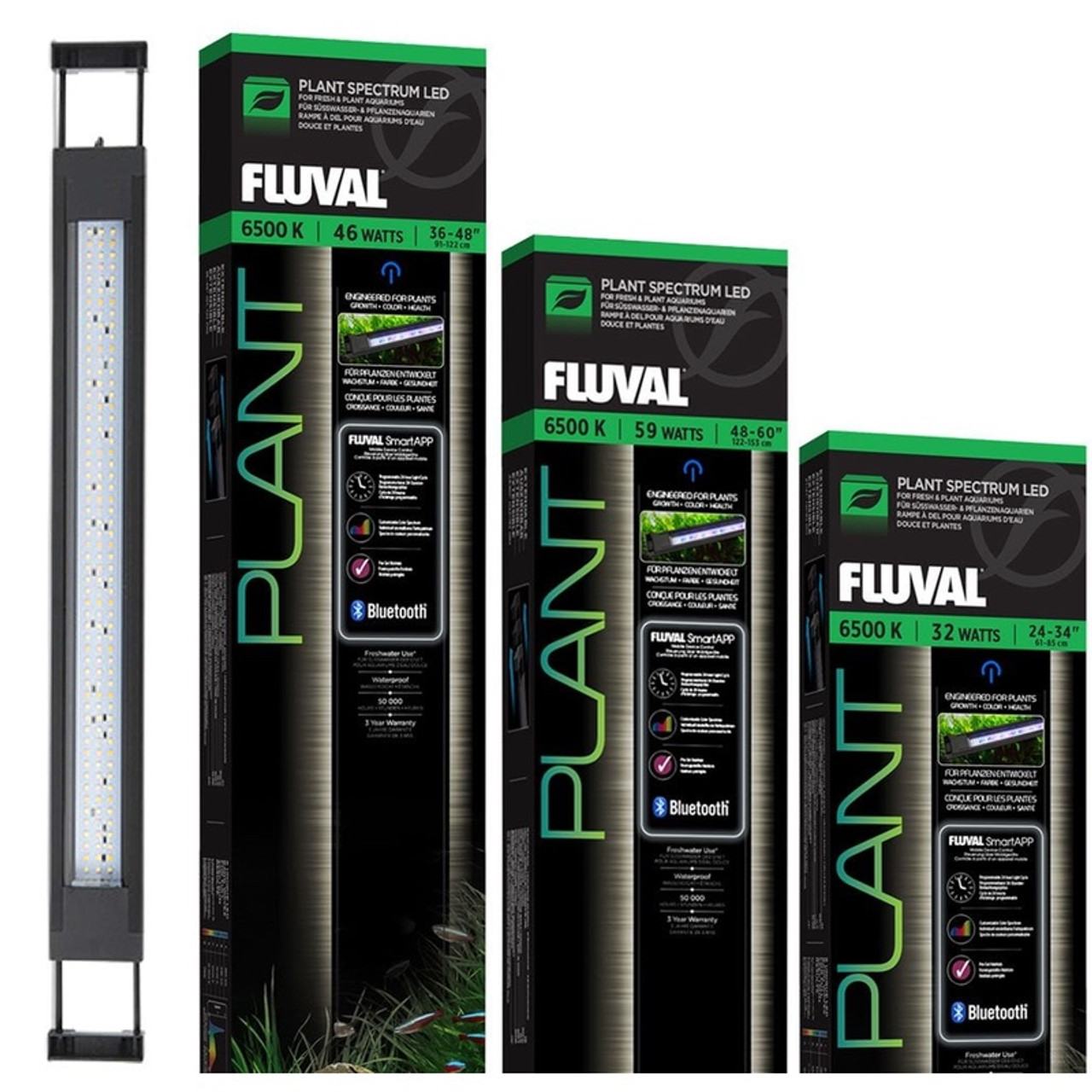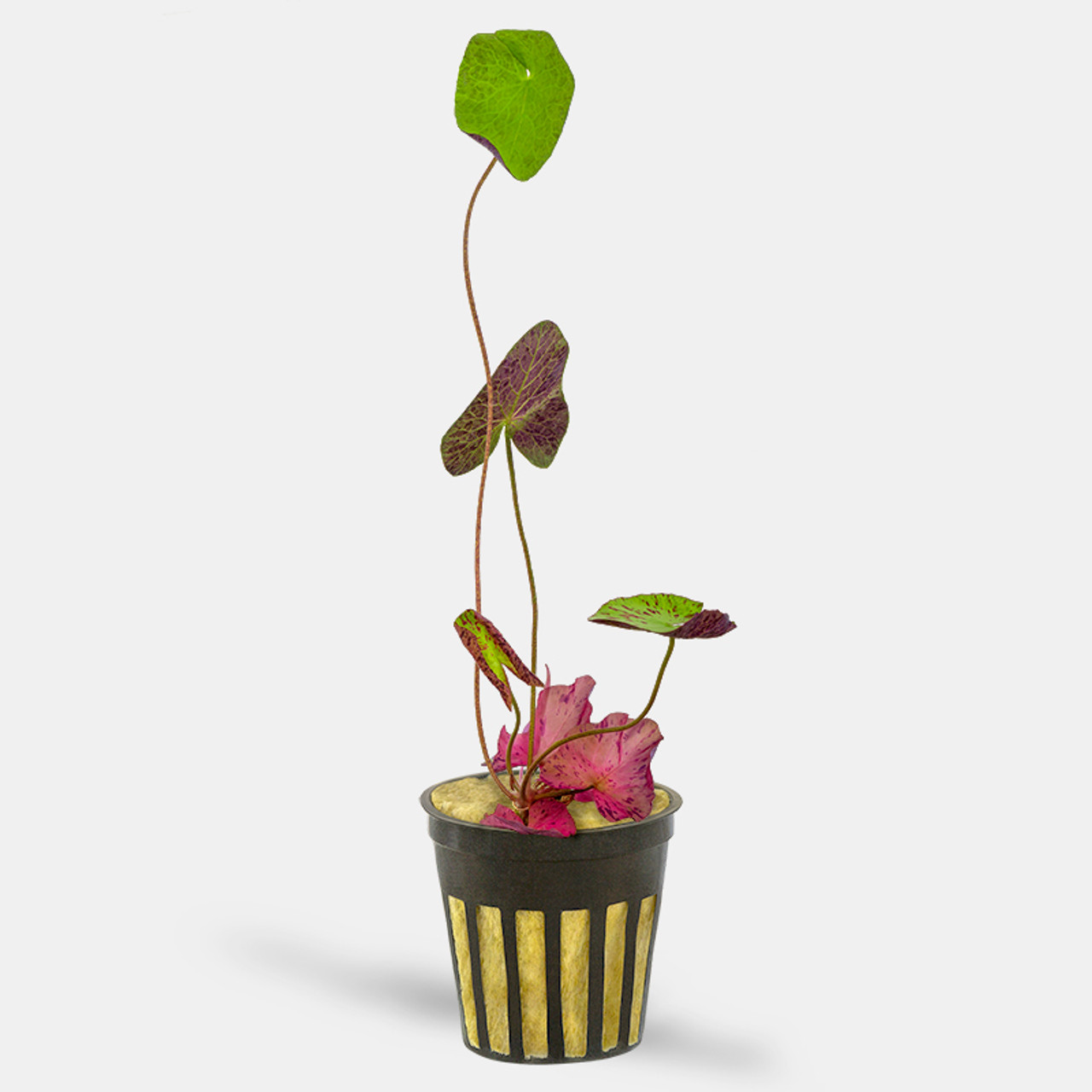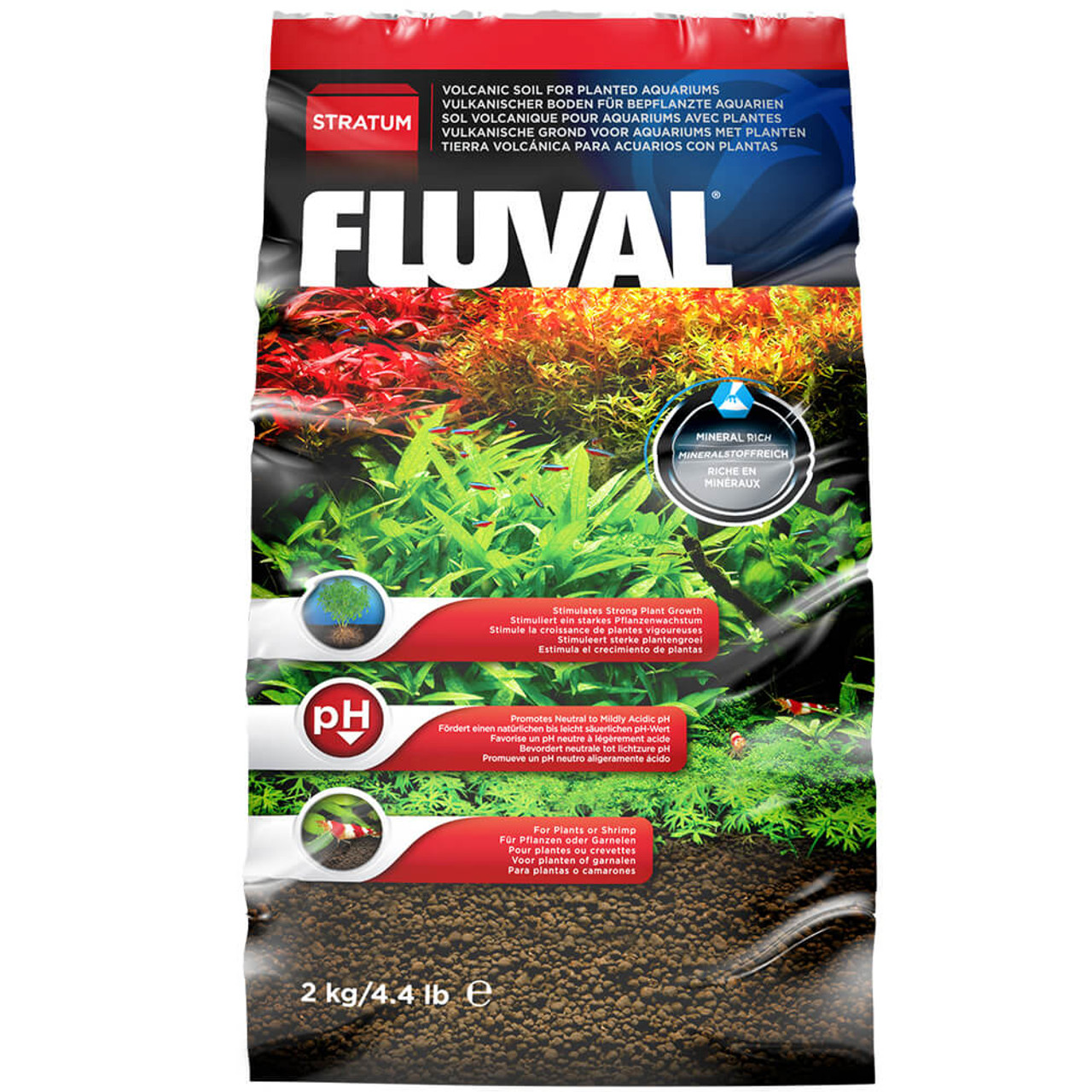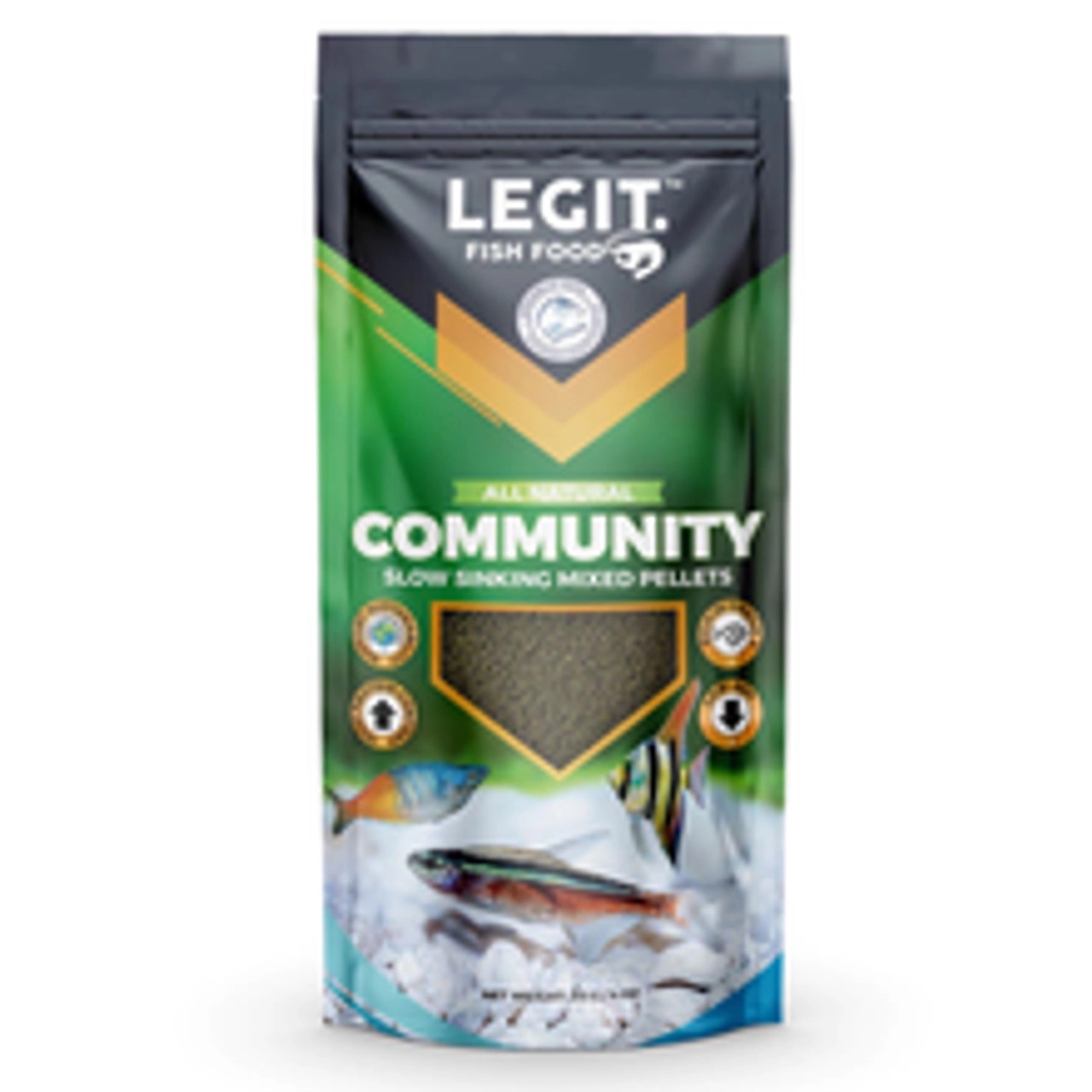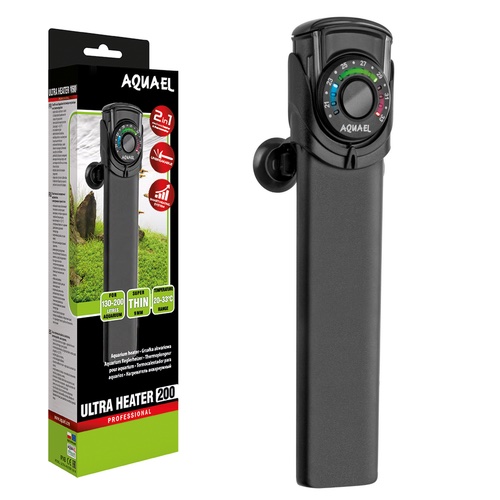What Causes Algae in Your Aquarium and How to Prevent it.
Posted by Artur Wlazlo on 17 Jan 2023
Algae is a dreaded word in the world of aquarium plants. It has the potential to overrun the aquarium, kill aquatic plants and just make your aquascaping experience miserable. And algae is an ever-lurking threat, just waiting for aquarium conditions to get out of balance and explode. Preventing algae is much easier than fighting it.
Consequently, the focus should be on the proper maintenance of your aquarium, including regular water changes, filter cleaning, substrate vacuuming, and removal of waste or excess organic matter. Having an aquarium full of aquarium plants will also help. The more aquatic plants you have in your aquarium the better and less likely that algae will find a foothold in your tank. Aquarium plants will remove excess nutrients from the water column or substrate and help maintain a proper balance, reducing the risk of algae in your aquarium.
In order to prevent algae from taking over your aquarium, we first must understand what causes it. Below is a list of factors known to cause algae and steps you can take to prevent it:
1. Too Much Light
Like aquatic plants, algae needs light to grow. Too much light might be caused by the light with too high intensity (too strong) or left on for too long. The light that is too strong will encourage algae growth. Similarly, If the light intensity is appropriate but you leave your aquarium lights on for too many hours, you are bound to invite algae problems.
We recommend a light period of around 8 hours. We recommend utilizing aquarium lights that come with a built-in timer like this Fluval Plant Spectrum 3.0 Bluetooth 24/7 LED or, if your light does not have that feature, plugging them into a timer. Ensuring regular and appropriately-long photoperiods is an important first step in preventing unsightly algae in your aquarium. The intensity of your aquarium light should match – but not exceed - your aquarium plants’ requirements. If you have slower-growing and low-light-tolerating plants like Anubias or Cryptocorynes, lower the light’s intensity (if your aquarium light has that feature) or raise the light fixture higher and further away from the top of the aquarium.
Having floating plants such as red root floater, duckweed or Salvinia can be used to block some of the light from reaching the aquarium bottom and thus decrease its strength. Planting Tiger Lotus may accomplish the same goal as its leaves will grow to the top of the water, shading areas below them. These plants are also great at absorbing excess nutrients from the water and planting other fast-growing and light-loving plants like Hornwort or Wisteria will help keep algae at bay.
2. Irregular or Inadequate Water Changes
Home aquariums are closed-water systems. Over time, organic waste will inevitably accumulate and eventually cause algae to explode. Doing regular water changes will remove and dilute the waste in your aquarium, helping keep the waste buildup in check. Do not forget to de-chlorinate your tap water before putting it in your aquarium.
How often and how much water to change? It all depends on how many fish you have, what kind of fish you have (some are messy), their size, how much and what kind of fish food you feed, and the size of your aquarium, to mention just a few factors influencing this decision. However, as a rule of thumb, we recommend changing approximately 25% of your aquarium water at least once a week.
3. Dirty Substrate
All organic matter – uneaten fish food, fish waste, decaying leaves, etc. – will eventually settle on the bottom of your aquarium and will be trapped between particles of sand, gravel, or substrate. Over time, this organic build-up may get large enough and allow algae to utilize it to grow and spread.
By regularly vacuuming your substrate, you will prevent excess nutrient build-up and eliminate one potential source of algae growth. There is no need to aggressively vacuum your substrate. If done regularly, gently disturbing the uppermost layer of your substrate and vacuuming the dislodged waste particles will be more than sufficient.
Planting plants in the substrate will also help. Sword plants such as Amazon Sword, Red Flame Sword, or Rose Sword are heavy root feeders and will develop extensive root systems through the substrate. They will pull a lot of nutrients from the substrate, making them unavailable to algae.
4. Dirty and Clogged Filters
There are many different types of aquarium filters, including canister filters, hang-on filters, sponge filters, and internal filters. One of their primary functions is to trap free-floating debris. This helps to keep your aquarium water clear, making viewing your aquarium more enjoyable. Naturally, this also means that they are receptacles of much organic waste. If this waste is not removed, the filter may become clogged and will become the source of excess nutrients for algae to feed on.
Filters should be cleaned regularly but remember to leave the filter’s bio-media housing your beneficial bacteria undisturbed. Cleaning the sponges thoroughly will prevent dangerous organic waste build-up.
5. Overfeeding and Inappropriate Fish Stocking
Fish need food to live. When you feed them, and as they eat their food, fish produce a lot of waste. Fish food itself is also very rich in nutrients and, if left uneaten, can quickly pollute water in the aquarium. In our experience, too many fish and too much fish food are the most common causes of algae in the aquarium.
Maintaining proper fish stocking levels and feeding an appropriate amount of food will go a long way in preventing algae. In our view, having an understocked aquarium is better than having too many fish. Feed your fish only as much as they consume in five minutes or less. Observe whether they “attack” the food when you are feeding them. If not, then they are not hungry enough and do not need to be fed.
From time to time, you may also “fast” your tank by not feeding your fish any food. For example, we often feed very little or not at all on Fridays. This “forces” fish to look for uneaten food and nibble at algae or biofilm growing on aquatic plants or aquarium decorations. More often than not, there is plenty of food to be found around. This, in turn, helps you to “employ” your fish as cleaning crews and remove algae and any uneaten food from the system.
Having aquarium plants will also help keep nutrient build-up in check and may allow you to have more fish than otherwise would be advisable. Aquarium plants will remove the excess nutrients and help keep your aquarium water clean.
6. High Temperature
Temperature impacts many processes in your home aquarium. For example, the higher the temperature the higher the metabolic rate at which your fish digest their food. In other words, at higher water temperatures, your aquarium fish become more hungry and more often. They simply eat more. This results in more waste produced and a higher potential for organic matter to accumulate.
In addition, at higher temperatures, your filter’s beneficial bacteria are less efficient as oxygen levels are also lower at higher temperatures. This means that they will not convert organic waste into less harmful compounds efficiently, allowing algae-triggering waste to be utilized by algae.
We recommend running your aquarium at a temperature appropriate for your tank inhabitants but at their lowest acceptable temperature range. Keeping your tank cooler will help you control algae. Modern aquarium heaters allow you to set a temperature at your desired level making this a breeze.
The adage that an ounce of prevention is worth a pound of cure is very true here. It is better – and easier – to prevent algae than to fight it. Following these six easy steps will help you prevent algae from taking over your aquarium and killing your plants. However, if you already have an algae problem, check out our next blog on how to fight it.


